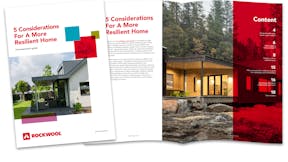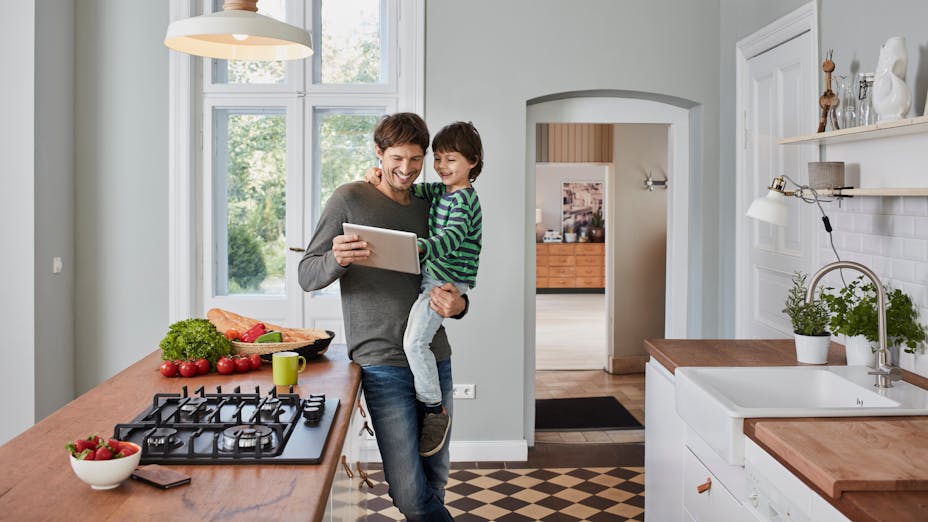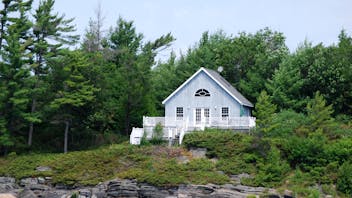Are you frustrated over the rising cost of your energy bill? Or maybe you just want to do your part for the environment?
It’s a win-win situation when you conserve energy at home, because you get to save money on your utilities while reducing the amount of harmful emissions that are released into the environment!
Sure, you could flip off a light switch or use less hot water. But, if you truly care about the environment, or about saving money, it’s important to focus on where you can save the most energy. We’ve got some other ways to save energy at home that can help you make a real difference..
In fact, keep reading till the end to discover the most impactful way you can save energy at home!
1. Update or replace your windows
Did you know that heat gained and lost through windows is responsible for 25 to 30 percent of the energy used in homes1?
To improve the efficiency of your windows, check them for any air leaks and apply caulk or weatherstripping to seal them off.
Window coverings such as blinds or shades can also help to minimise heat gained during summer, and reduce heat loss from a warm room during winter.
If you are replacing your windows, keep a lookout for energy efficiency labels when you go shopping. They represent appliances that consume significantly less energy than their regular counterparts.
Low-emissivity windows, in particular, are able to reflect heat without compromising the amount of light that enters the home. This means that indoor warmth remains inside during winter, while heat from outside does not enter the home during summer, helping to keep temperatures consistent.
2. Reduce phantom loads
Phantom loads refer to electricity used by devices even when they are turned off or in standby mode. In fact, a significant amount of electricity used to power home electronics is consumed while the products are turned off.
To address this, consider unplugging electronics at the source. Alternatively, you can use smart power strips, which can be set to turn off devices at an assigned time, through remote switches, or simply when they are not in use.
3. Install a programmable thermostat
Programmable thermostats allow you to automatically adjust your home’s temperature, according to your schedule. This means that they can be set to turn off when you are away from home, or to reduce heating and cooling when you are in deep sleep.
4. Reduce thermal bridges
Thermal bridges occur when part of a wall, roof or floor transfers heat more rapidly that the surrounding material. This point then acts as a pathway for heat to escape the building more rapidly, resulting in greater energy used to keep indoor air temperature at a consistent and comfortable level.
Even in an airtight and insulated home, thermal bridges can account for heat loss of up to 30 percent2.
You don’t necessarily need expensive equipment to identify where you might find them in your home. Simply running your hand over a wall can bring your attention to colder areas.
One of the ways to reduce thermal bridges is to use materials low heat conductivity. For example, stone wool insulation, which is much less conductive than metal, and would allow heat to escape less easily.
5. Insulate your home
Insulation is indeed a more effective way to reduce thermal bridges, and may just be the best way to save energy in your home.
By retaining heat during winter and keeping heat out during summer, insulation plays a key role in saving energy at home. The truth is, it can save up to a whopping 70 percent of the energy used for heating and cooling.
There are a number of ways to insulate your home. One of the more efficient ways is to use stone wool.
Stone wool’s long-term durability ensures that your home will be well-insulated, with no maintenance needed for many years to come. This is important as, on average, it costs 5 times more to manage and maintain a building over its life than to build it.
Therefore, if you’re ready to start saving energy, as well as contribute positively to the environment, you’ll want to invest your time and effort in areas where you can truly make a difference. Consider insulating your home today.
Sources:
1. “Update or Replace Windows” Energy Saver, n.d..
2. “Thermal Bridging: What It Is & Why You Should Avoid It” KORE System, 2016.
Sign up to receive our insights
Let us help you stay knowledgeable and up-to-date within the world of urban planning, climate change, health and much more.
Sign upThank you

Your dream renovation
In this renovation guide for homeowners, we'll guide you through the most common types of renovation and the solutions available!

5 considerations for a more resilient home
Whether you are building a new home or renovating an older property, you must
consider its overall resilience as part of the project. This guide will teach you five considerations for a more resilient home and the solutions to achieve it!

Top 16 renovation case studies
We've gathered up our best renovation case studies for you to get inspired for your next project!







